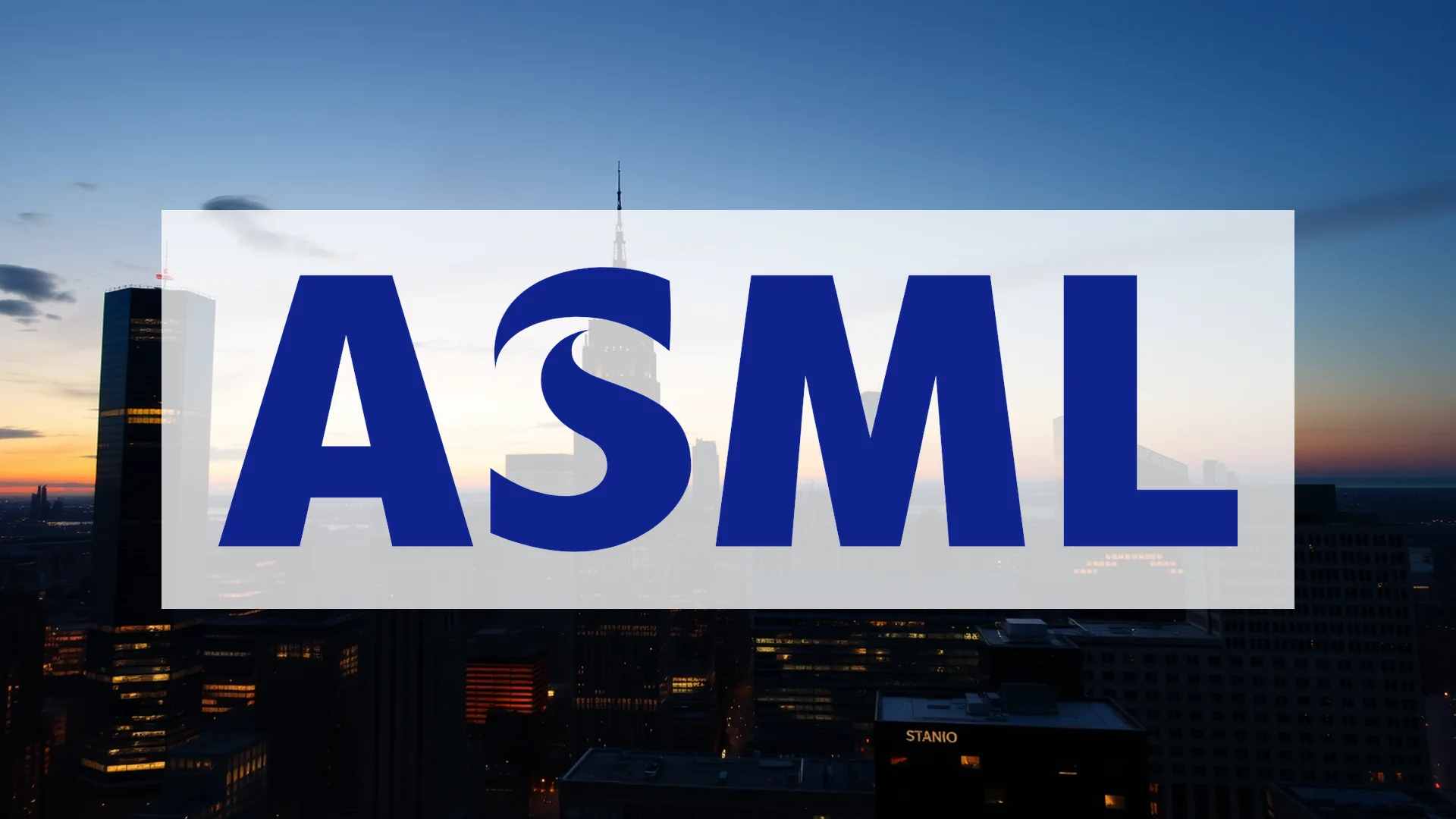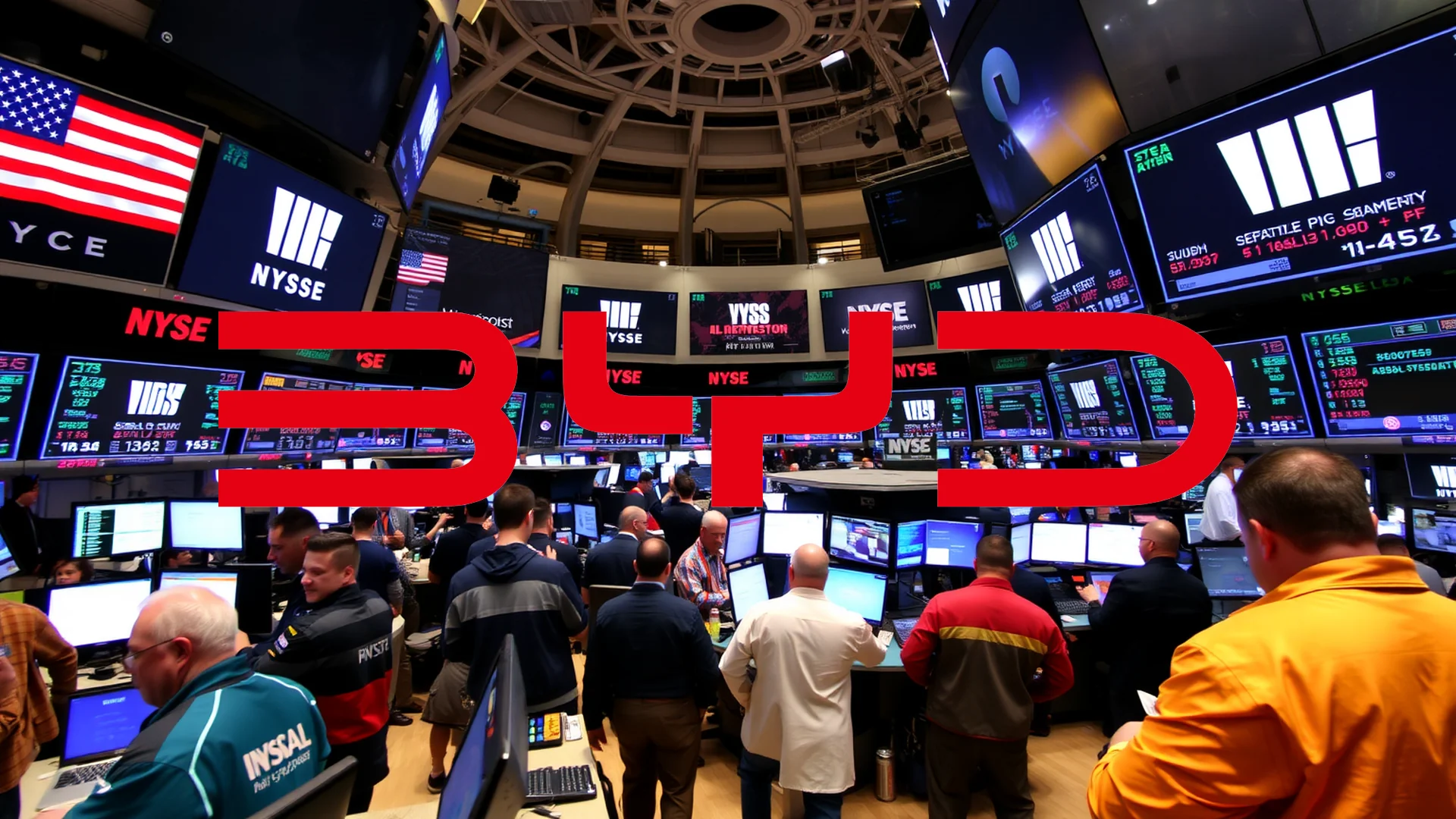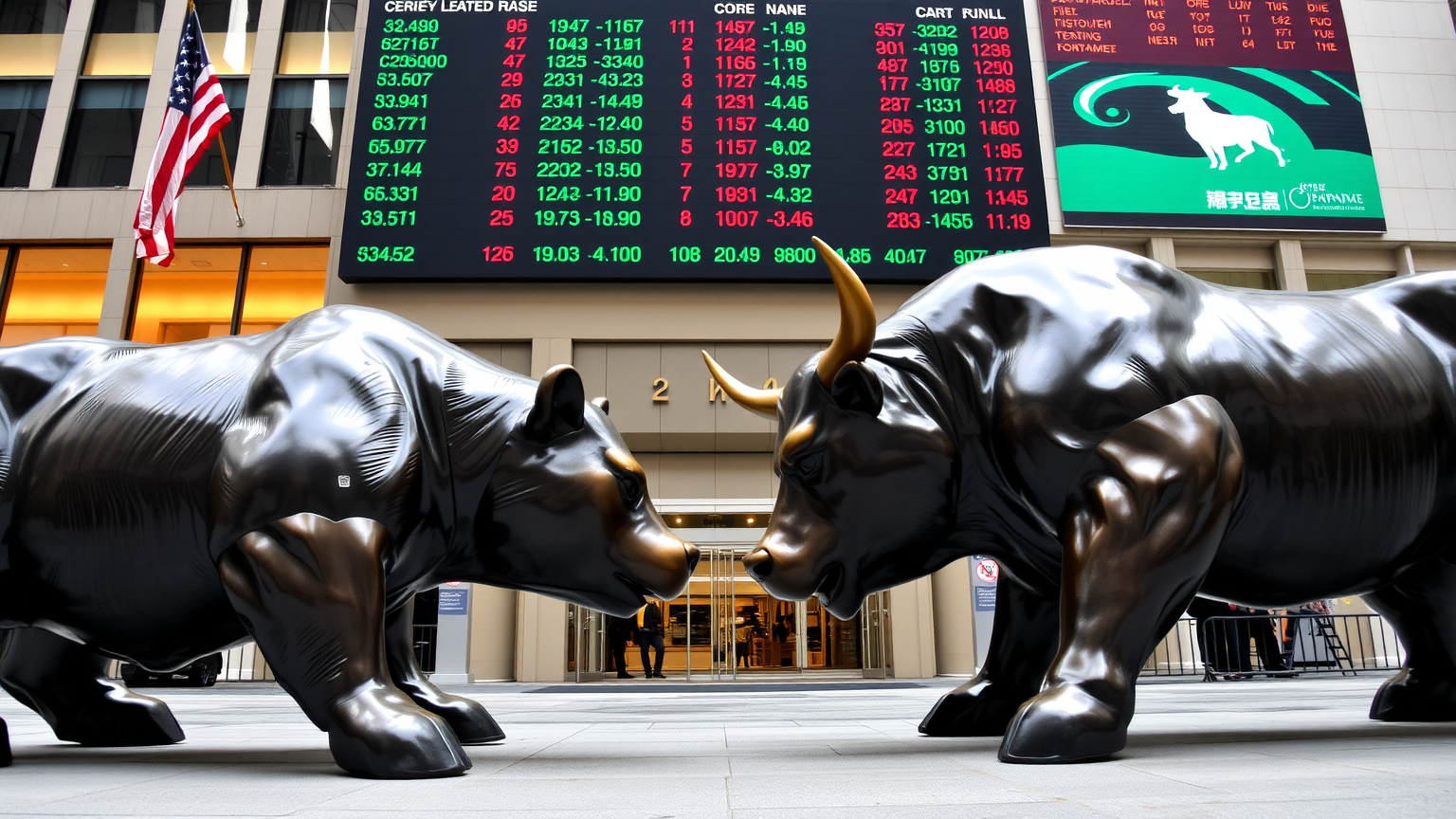A significant upgrade from Rothschild Redb has placed Dutch semiconductor equipment manufacturer ASML back in the spotlight. The investment bank shifted its rating from “Hold” to “Strong Buy,” a move that underscores a growing wave of analyst confidence. This brings the total number of firms awarding ASML their highest rating to four, with the overall consensus standing at “Moderate Buy.” The average price target accompanying these ratings is $1,076, signaling substantial anticipated upside from current trading levels.
Financial Performance: A Quarter of Contrasts
The company’s latest quarterly report presented a nuanced picture. On one hand, ASML demonstrated robust profitability by posting earnings per share of $6.41, surpassing analyst forecasts of $6.27. This performance highlights the company’s continued ability to maintain impressive net margins, which came in at 27.08%.
However, the results were not uniformly positive. Revenue for the quarter reached $8.71 billion, falling short of the $8.99 billion that market experts had projected. The 0.7% growth compared to the same period last year appears modest against the backdrop of high market expectations, raising questions about demand dynamics for ASML’s highly specialized EUV lithography systems.
Key Financial Metrics:
* Return on Equity: An exceptional 47.74%
* Market Capitalization: Approximately $400 billion
* Quarterly Dividend: $1.857 per share, with a payment date of November 6
Should investors sell immediately? Or is it worth buying Asml?
The Persistent Challenge of Geopolitics
The geopolitical landscape, particularly concerning China, remains a critical uncertainty for ASML. Beijing has been pressing the Netherlands for stability in the semiconductor supply chain—a thinly veiled reference to its reliance on ASML’s technology. For its part, the company has consistently emphasized the importance of the Chinese market to its long-term growth strategy.
There are tentative signs of easing tensions. Reports indicate that Nexperia, a Dutch-based but Chinese-controlled chipmaker, has resumed some shipments. Despite this, the fundamental conflict between Western export controls and China’s technological ambitions persists. While Europe’s semiconductor market registered a solid 7.2% growth in the third quarter of 2025, this positive momentum remains vulnerable to geopolitical disruptions. ASML must carefully navigate a complex path, balancing its commercial interests in China against the evolving political directives from The Hague, Brussels, and Washington.
The central question for investors is whether the recent analyst optimism marks the beginning of a sustained upward trajectory or if it overlooks the significant operational and geopolitical challenges that continue to define ASML’s operating environment.
Ad
Asml Stock: Buy or Sell?! New Asml Analysis from December 24 delivers the answer:
The latest Asml figures speak for themselves: Urgent action needed for Asml investors. Is it worth buying or should you sell? Find out what to do now in the current free analysis from December 24.
Asml: Buy or sell? Read more here...










